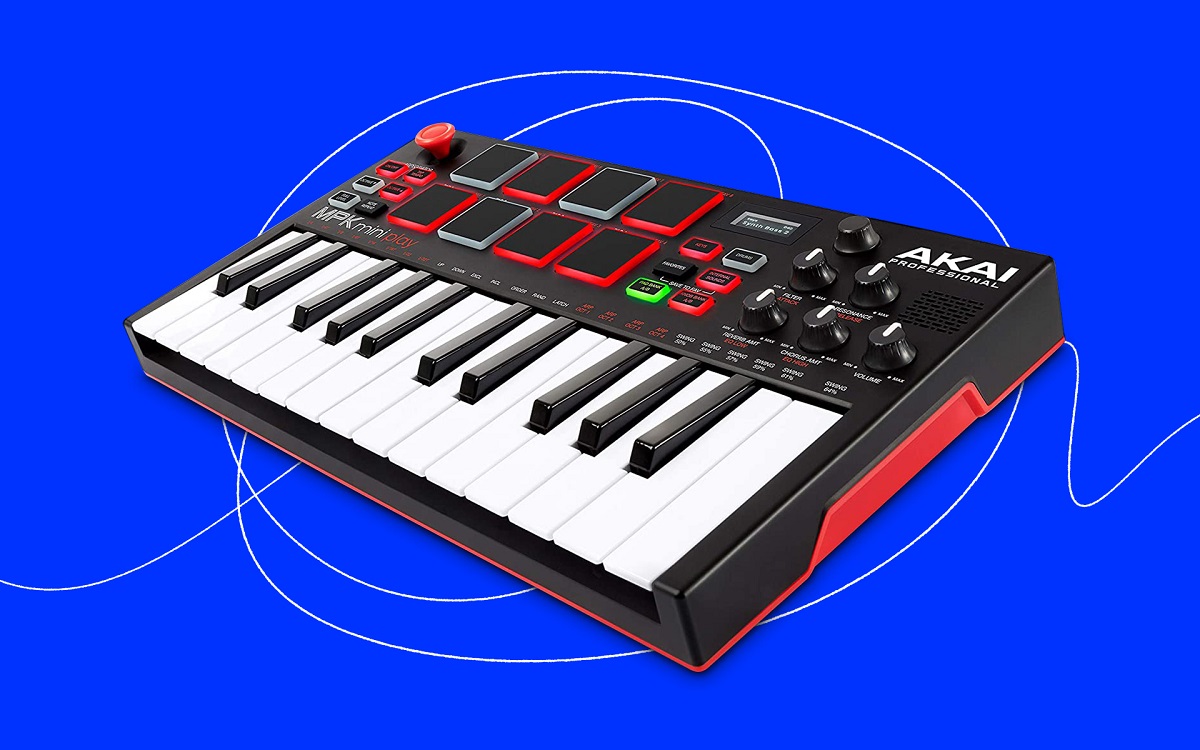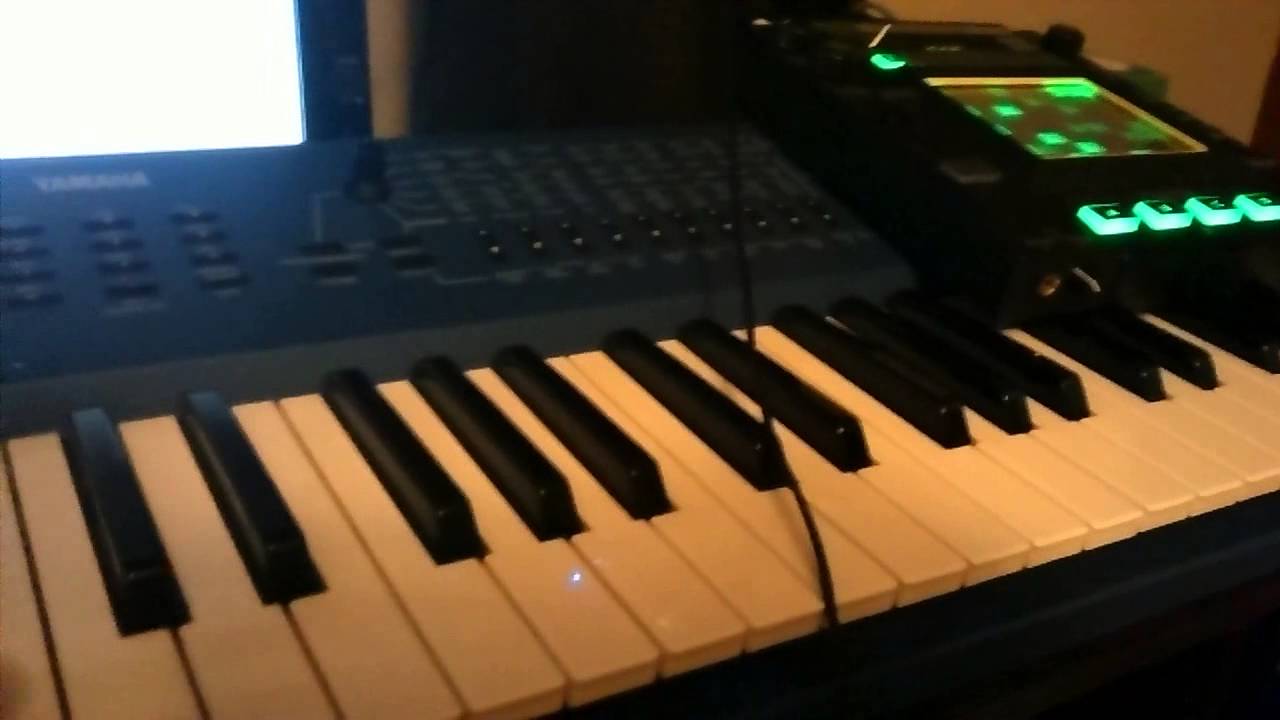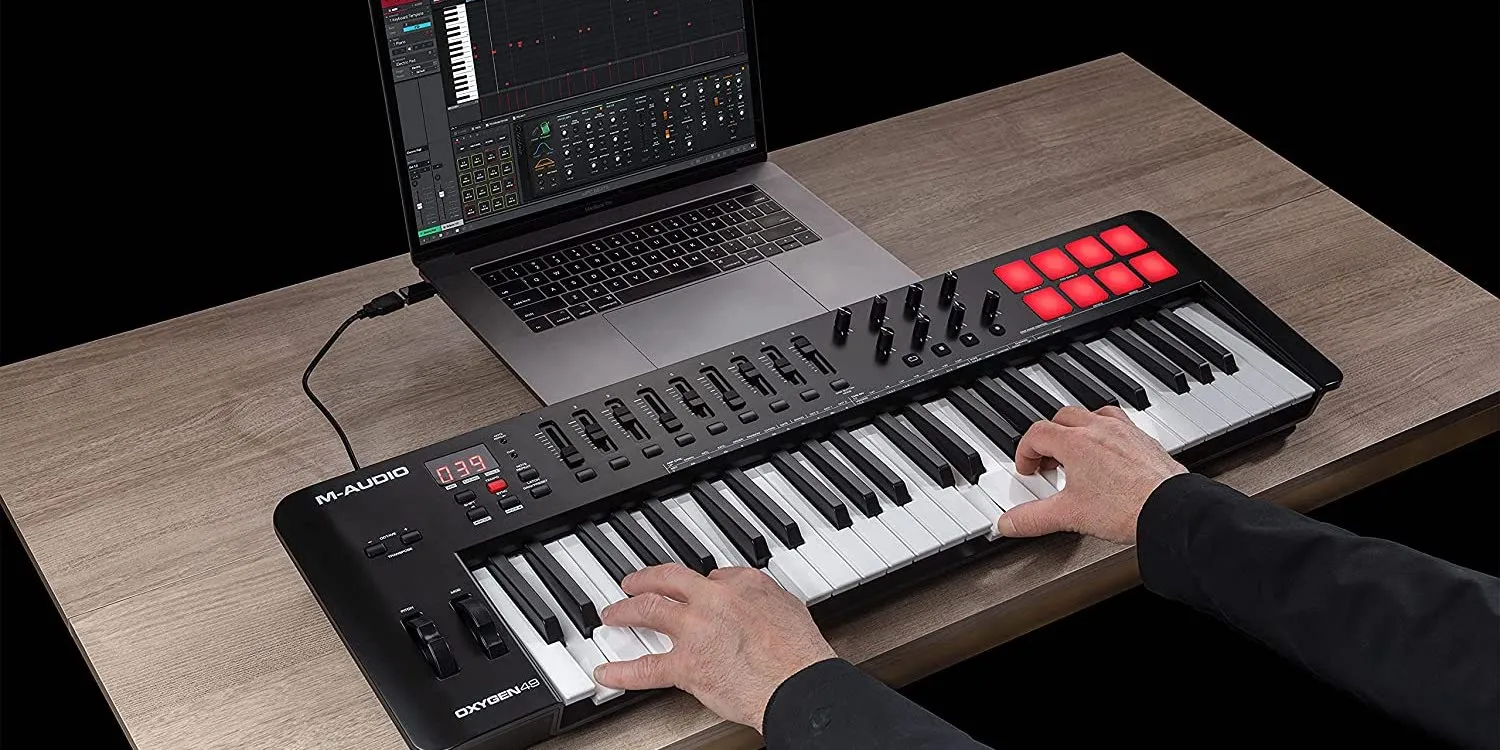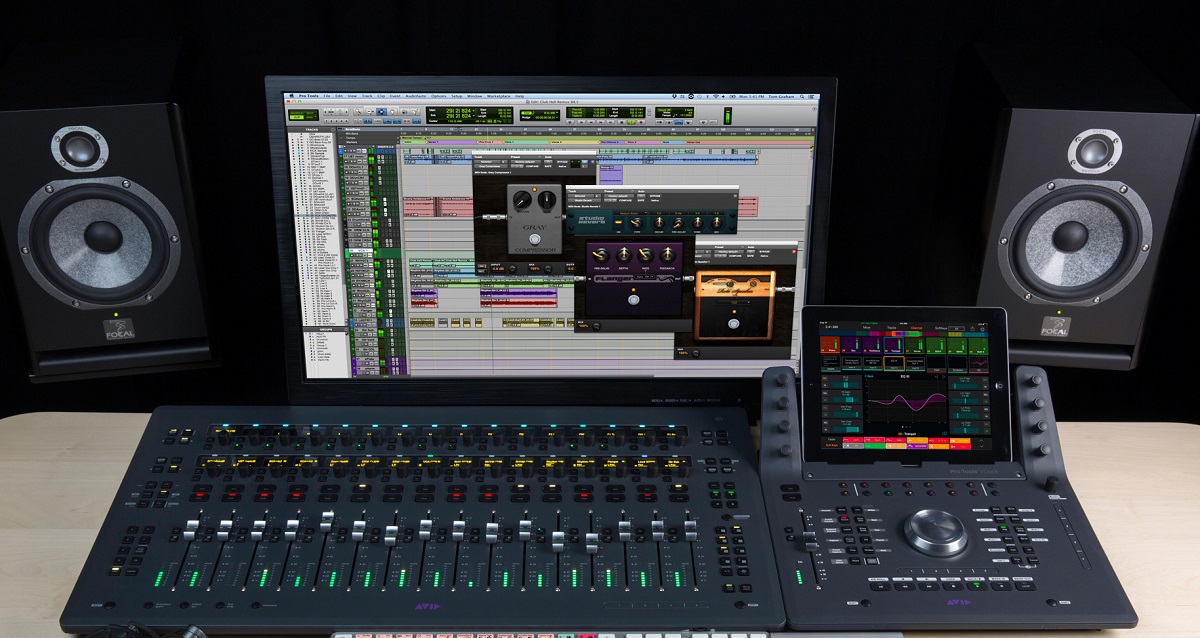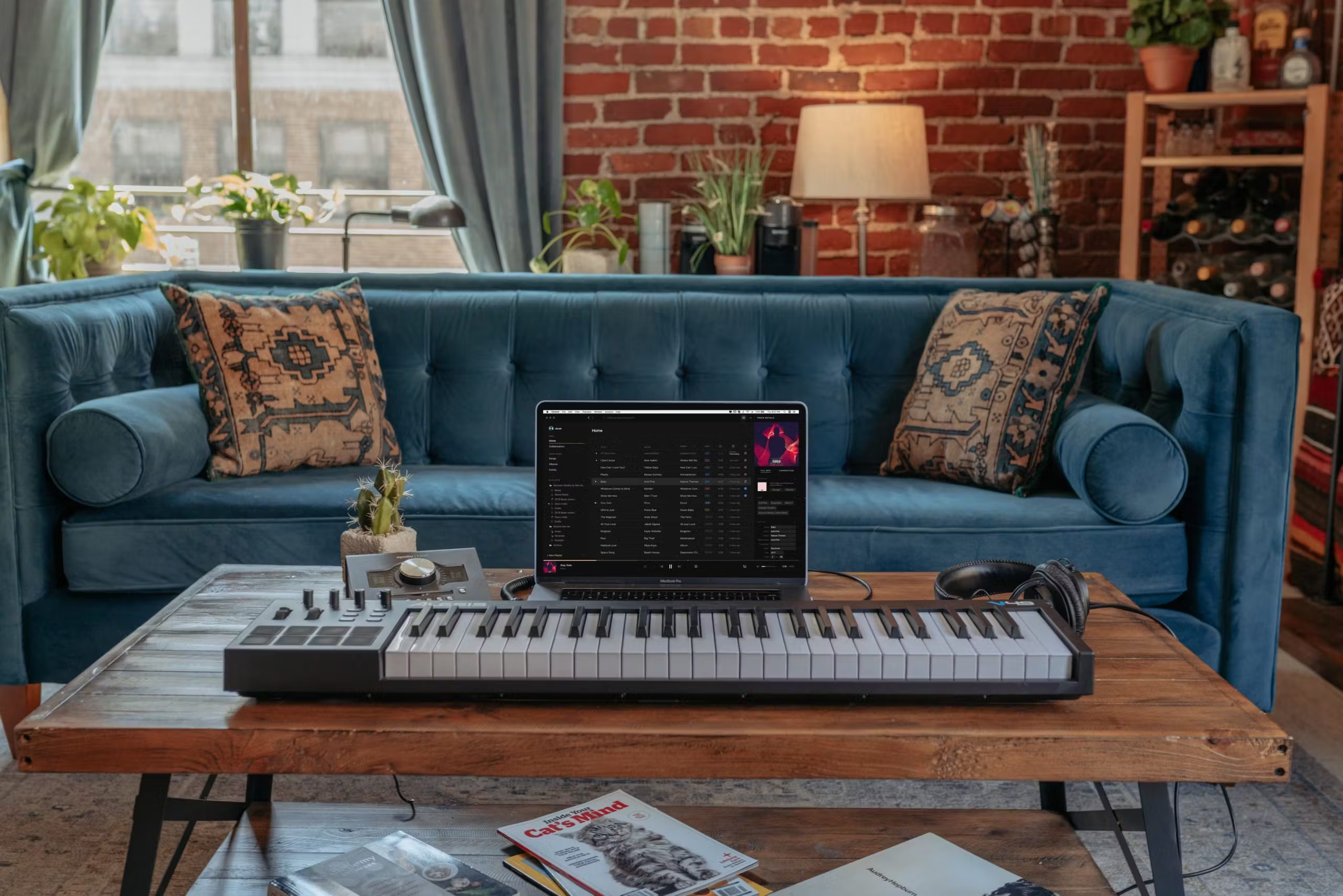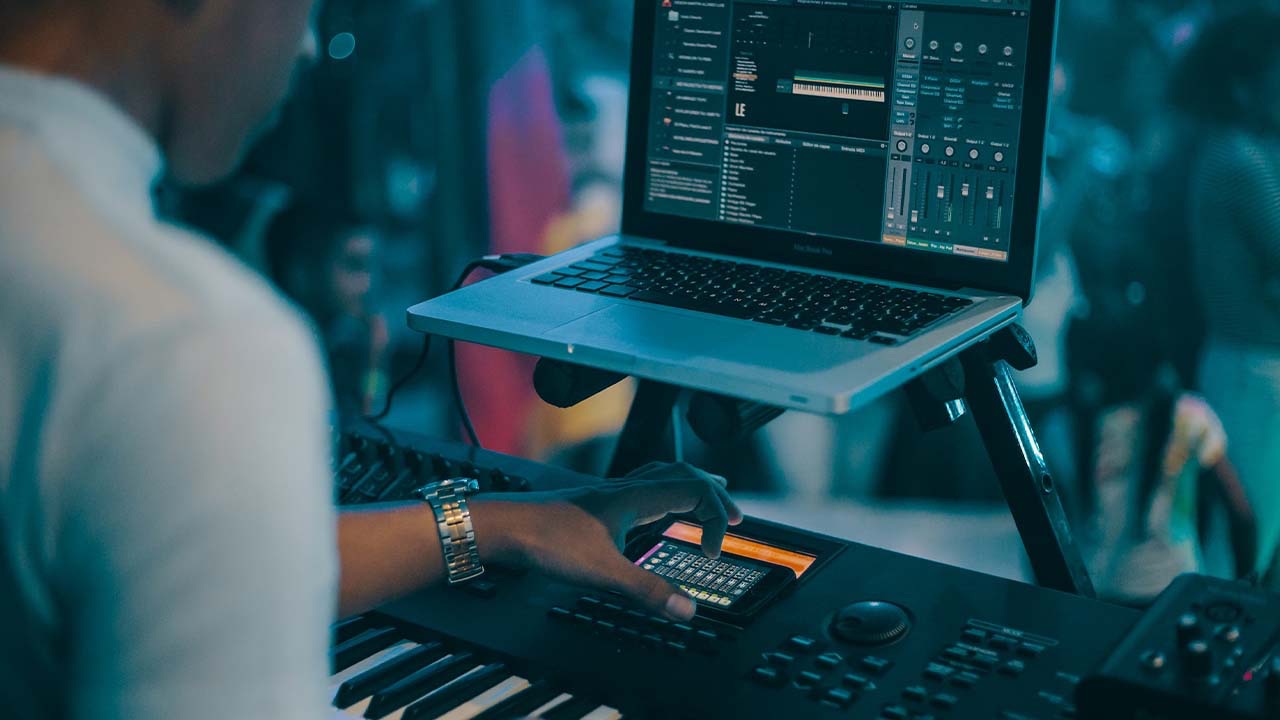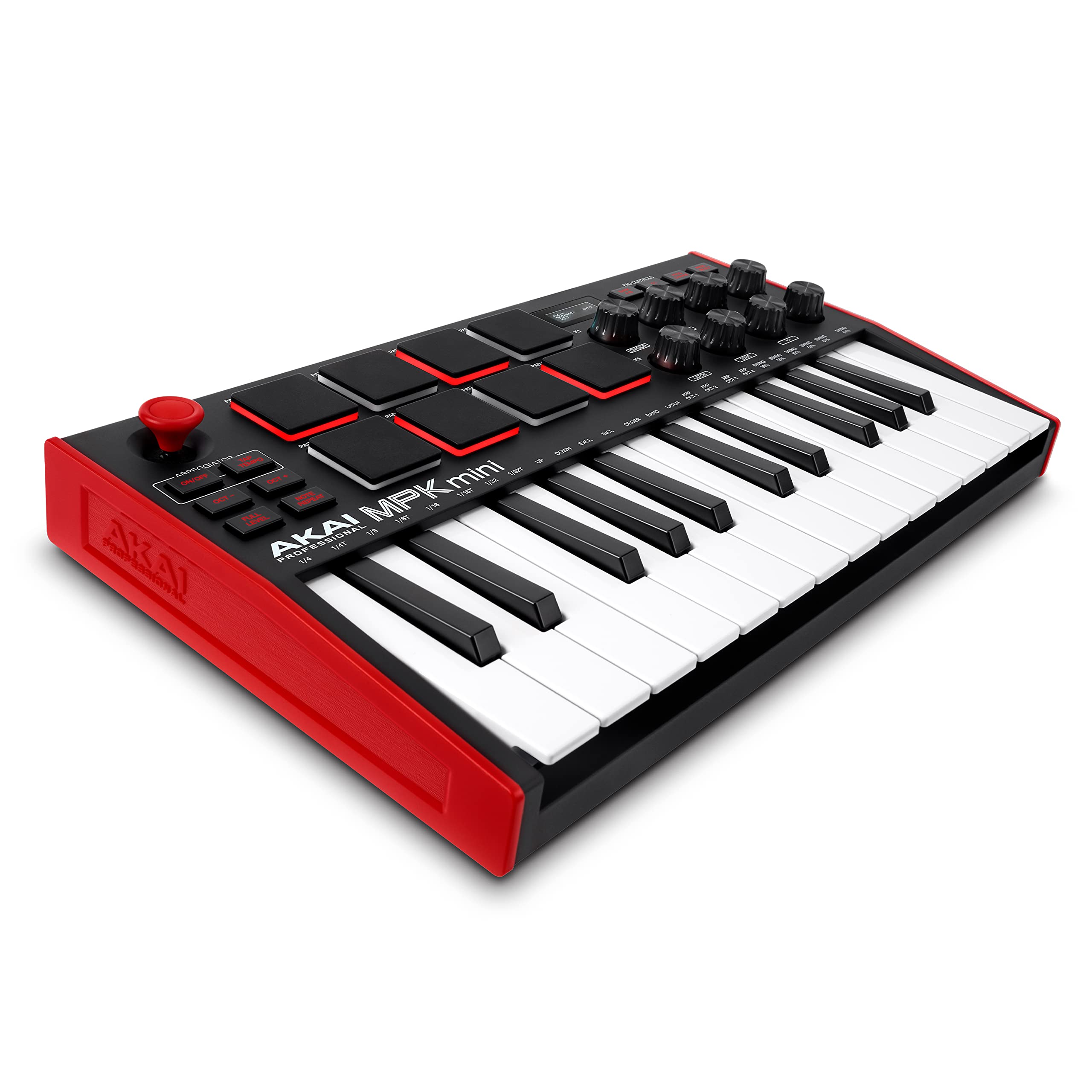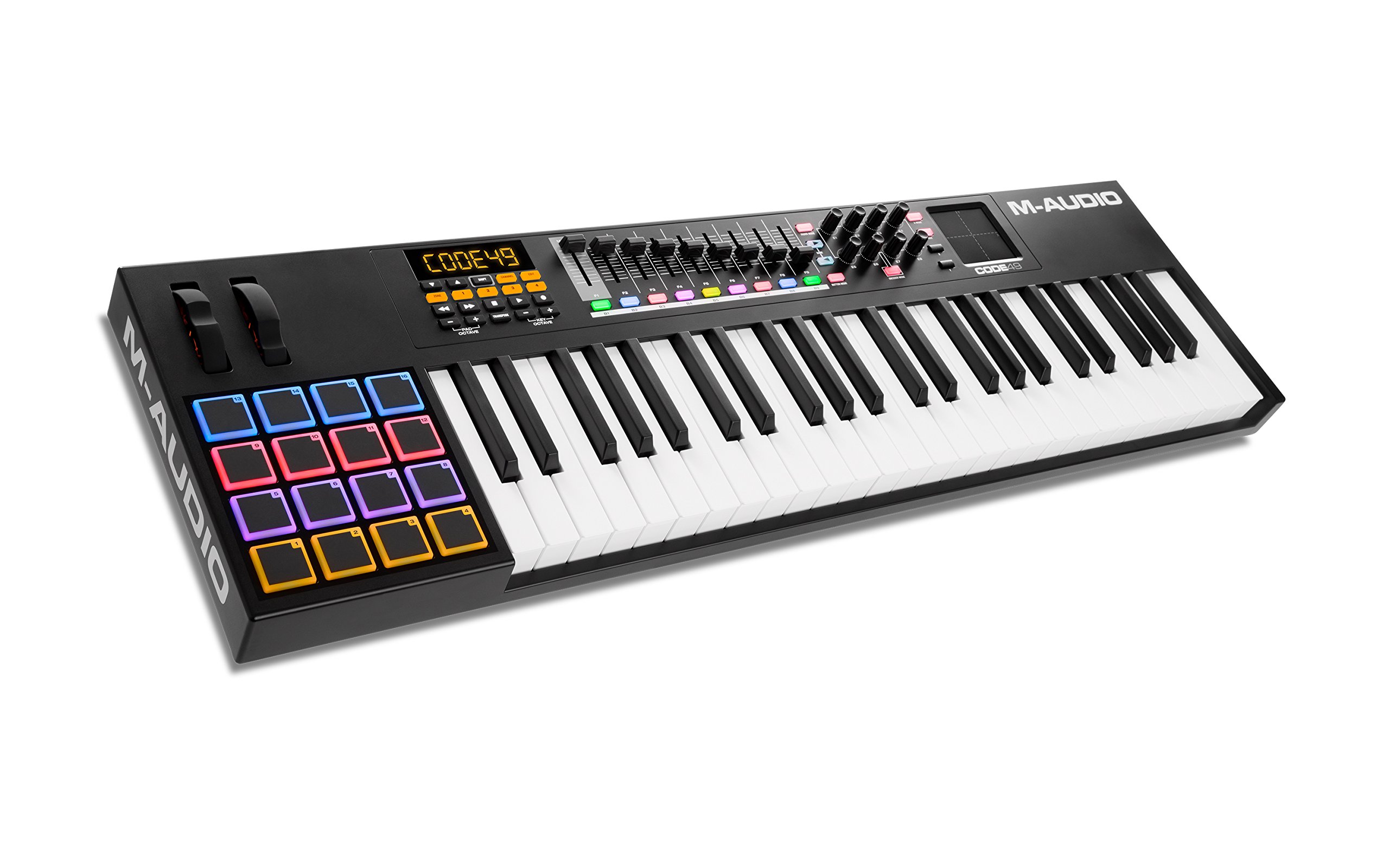Introduction
Introduction
So, you've got a MIDI keyboard and you're ready to take your music production to the next level with Pro Tools. Whether you're a seasoned musician or just starting out, integrating your MIDI keyboard with Pro Tools opens up a world of creative possibilities. In this guide, we'll walk you through the essential steps to harness the power of your MIDI keyboard within the Pro Tools environment. From setting up your keyboard to recording and editing MIDI data, you'll soon be on your way to crafting professional-quality sounds with ease.
Using a MIDI keyboard with Pro Tools allows you to tap into a vast array of virtual instruments, enabling you to create rich, dynamic sounds that can elevate your music to new heights. With the ability to record, edit, and manipulate MIDI data directly within Pro Tools, you have full control over every nuance of your performance. Whether you’re a composer, producer, or performer, integrating your MIDI keyboard with Pro Tools is a game-changer for your music production workflow.
Throughout this guide, we’ll cover everything you need to know to get the most out of your MIDI keyboard in Pro Tools. From the initial setup process to selecting virtual instruments, recording MIDI data, and applying mixing and processing techniques, you’ll gain a comprehensive understanding of how to seamlessly integrate your MIDI keyboard into your Pro Tools projects. Let’s dive in and unlock the full potential of your MIDI keyboard within the Pro Tools environment.
Setting up your MIDI keyboard in Pro Tools
Setting up your MIDI keyboard in Pro Tools
Before you can start making music with your MIDI keyboard in Pro Tools, you’ll need to ensure that it’s properly set up and configured within the software. The first step is to connect your MIDI keyboard to your computer using a USB cable or MIDI interface, depending on the type of connections supported by your keyboard.
Once your MIDI keyboard is connected, you’ll need to configure Pro Tools to recognize and communicate with the device. To do this, navigate to the “Setup” menu and select “MIDI.” From the MIDI settings window, you can assign your MIDI keyboard as a MIDI input device, allowing Pro Tools to receive MIDI data from the keyboard during recording and playback.
It’s important to verify that the MIDI input from your keyboard is properly routed to the desired tracks within your Pro Tools session. You can do this by accessing the MIDI input settings for each track and selecting your MIDI keyboard as the input source. This ensures that the MIDI data generated by your keyboard will be captured by the corresponding tracks in Pro Tools.
Additionally, you may want to configure the MIDI keyboard to control various parameters within Pro Tools, such as virtual instrument parameters, mixer controls, or transport functions. Many MIDI keyboards feature assignable knobs, sliders, and buttons that can be mapped to specific functions within Pro Tools, providing hands-on control over your music production environment.
By taking the time to properly set up your MIDI keyboard in Pro Tools, you’ll establish a seamless connection between your hardware and software, allowing for intuitive and expressive music creation. With the technical aspects out of the way, you’ll be ready to dive into the creative process and start exploring the vast sonic possibilities offered by your MIDI keyboard within the Pro Tools platform.
Choosing and loading virtual instruments
Choosing and loading virtual instruments
Once your MIDI keyboard is set up in Pro Tools, it’s time to explore the world of virtual instruments that can be seamlessly integrated into your music production projects. Virtual instruments, also known as software instruments or VST plugins, are digital representations of traditional musical instruments, synthesizers, and sound modules that can be played and controlled using MIDI data from your keyboard.
Pro Tools offers a wide array of virtual instruments, ranging from realistic emulations of acoustic instruments to cutting-edge synthesizers and sample-based sound libraries. When selecting virtual instruments for your projects, consider the specific sounds and textures you aim to incorporate into your music. Whether you’re seeking lush orchestral strings, punchy drum kits, ethereal pads, or gritty synthesizer leads, Pro Tools provides a diverse selection of virtual instruments to suit your creative vision.
To load a virtual instrument in Pro Tools, you can create a new instrument track and select the desired virtual instrument from the available plugins. Once the virtual instrument is loaded, you can use your MIDI keyboard to trigger and play the sounds generated by the instrument, effectively transforming your keyboard into a versatile controller for a vast sonic palette.
Many virtual instruments offer extensive sound-shaping capabilities, allowing you to adjust parameters such as envelope settings, filter cutoffs, modulation sources, and effects processing to tailor the sound to your liking. By leveraging the expressive capabilities of your MIDI keyboard, you can infuse your performances with nuanced dynamics and articulations, breathing life into the virtual instruments within your Pro Tools projects.
Whether you’re crafting intricate melodies, laying down rhythmic patterns, or experimenting with sonic textures, the combination of your MIDI keyboard and Pro Tools’ virtual instruments empowers you to unleash your creativity and bring your musical ideas to fruition. With a wealth of virtual instruments at your fingertips, you have the freedom to sculpt and shape your sonic landscapes with precision and artistry.
Recording MIDI data from your keyboard
Recording MIDI data from your keyboard
With your MIDI keyboard configured and virtual instruments loaded in Pro Tools, you’re ready to capture your musical performances as MIDI data within your projects. Recording MIDI data from your keyboard allows you to preserve the nuances of your playing, including note velocities, pitch bends, modulation, and other expressive elements that contribute to the richness of your musical performances.
To record MIDI data from your keyboard in Pro Tools, you can create a new MIDI or instrument track and set the track’s input to receive MIDI data from your keyboard. Once the track is armed for recording, simply play your keyboard, and Pro Tools will capture the MIDI data in real-time, creating a MIDI performance that can be edited and manipulated to perfection.
When recording MIDI data, it’s essential to consider the musical context and the specific articulations you wish to convey through your performance. Whether you’re aiming for gentle, flowing phrases, percussive staccato notes, or intricate arpeggios, your MIDI keyboard serves as a direct conduit for translating your musical ideas into the digital realm.
Pro Tools provides various recording modes for MIDI data, including real-time and step input, giving you flexibility in how you capture your performances. Real-time recording allows you to play your keyboard naturally, capturing the subtleties of your performance as they unfold. On the other hand, step input enables you to input MIDI notes one at a time, ideal for creating precise rhythmic patterns or complex melodic sequences.
Once your MIDI performances are recorded, you can delve into the editing capabilities of Pro Tools to refine and enhance your musical ideas. From quantizing note timings to adjusting velocities, modifying pitch and modulation, and adding expressive MIDI controllers, Pro Tools empowers you to shape your MIDI data with precision and creativity.
By recording MIDI data from your keyboard in Pro Tools, you not only preserve the essence of your musical performances but also open the door to endless possibilities for refining and embellishing your music. Whether you’re capturing a solo piano composition, crafting intricate synth sequences, or programming dynamic drum patterns, the ability to record MIDI data from your keyboard is a cornerstone of your music production workflow within Pro Tools.
Editing MIDI data in Pro Tools
Once you’ve recorded MIDI data from your keyboard in Pro Tools, the next step is to dive into the realm of MIDI editing, where you can refine and manipulate your performances with precision and creativity. Pro Tools offers a comprehensive set of tools and features for editing MIDI data, empowering you to shape your musical ideas to perfection.
One of the fundamental aspects of MIDI editing in Pro Tools is quantization, a process that aligns MIDI notes to a specified rhythmic grid. By quantizing MIDI notes, you can ensure that your performances adhere to a consistent timing, lending a polished and professional feel to your music. Pro Tools provides customizable quantization options, allowing you to adjust the strength and resolution of quantization to suit the musical context.
Beyond quantization, Pro Tools offers a range of editing tools for manipulating MIDI notes, velocities, and other musical parameters. You can easily adjust the timing of individual notes, extend or shorten note durations, and create complex musical arrangements with ease. Additionally, the ability to manipulate note velocities allows you to infuse your performances with dynamic expression, shaping the intensity and character of each note.
When working with MIDI data in Pro Tools, you can also leverage the power of MIDI controllers to add expressive nuances to your performances. Parameters such as pitch bend, modulation, and sustain can be edited and automated, allowing you to imbue your music with lifelike articulations and emotive gestures. Whether you’re crafting delicate piano phrases, soaring synth leads, or intricate string arrangements, MIDI editing in Pro Tools empowers you to sculpt your musical visions with finesse.
Furthermore, Pro Tools provides advanced editing features for manipulating MIDI data at a macro level, including tools for transposing entire passages, creating harmonic progressions, and exploring complex rhythmic structures. With the ability to edit MIDI data at both the micro and macro levels, you have the freedom to craft intricate musical compositions and arrangements that reflect your artistic sensibilities.
By delving into the world of MIDI editing in Pro Tools, you unlock a realm of creative possibilities, where every musical idea can be refined, reshaped, and realized with precision. Whether you’re fine-tuning a piano performance, sculpting electronic textures, or arranging orchestral passages, the robust MIDI editing capabilities of Pro Tools empower you to bring your musical visions to life with unparalleled artistry.
Mixing and processing MIDI sounds
Once you’ve recorded and edited MIDI data from your keyboard in Pro Tools, the final stage of music production involves mixing and processing the MIDI sounds to achieve a polished and cohesive sonic result. Pro Tools provides a wealth of tools and plugins for shaping and enhancing MIDI sounds, allowing you to craft a professional-quality mix that showcases the full potential of your musical creations.
When mixing MIDI sounds in Pro Tools, you have the ability to adjust the levels, panning, and spatial characteristics of individual tracks, sculpting a balanced and immersive sonic landscape. By carefully positioning MIDI instruments within the stereo field and setting their relative volumes, you can create a sense of depth and dimension that enhances the overall listening experience.
Pro Tools offers a comprehensive array of audio effects and signal processing plugins that can be applied to MIDI tracks, enabling you to shape the tonal characteristics and sonic textures of your virtual instruments. From EQ and compression to reverb, delay, modulation effects, and more, these tools allow you to tailor the timbre and dynamics of MIDI sounds with precision.
Furthermore, Pro Tools provides advanced routing and bussing capabilities, allowing you to create complex signal paths and processing chains for your MIDI tracks. By sending MIDI tracks to dedicated buses and auxiliary channels, you can apply parallel processing, group effects, and creative signal routing to achieve a cohesive and polished mix that elevates the impact of your music.
When processing MIDI sounds in Pro Tools, you can also explore the world of automation, where you can dynamically adjust parameters such as instrument levels, effect settings, and panning positions over time. Automation empowers you to add movement, expression, and dramatic shifts to your MIDI sounds, enhancing the emotional impact of your music and creating a captivating listening experience.
With Pro Tools’ robust mixing and processing capabilities, you have the tools at your disposal to refine and elevate the sonic qualities of your MIDI performances, transforming them into professional-grade productions that stand out in the competitive music landscape. Whether you’re sculpting lush orchestral arrangements, crafting intricate electronic soundscapes, or producing dynamic pop compositions, Pro Tools equips you with the resources to realize your artistic vision with clarity and impact.







